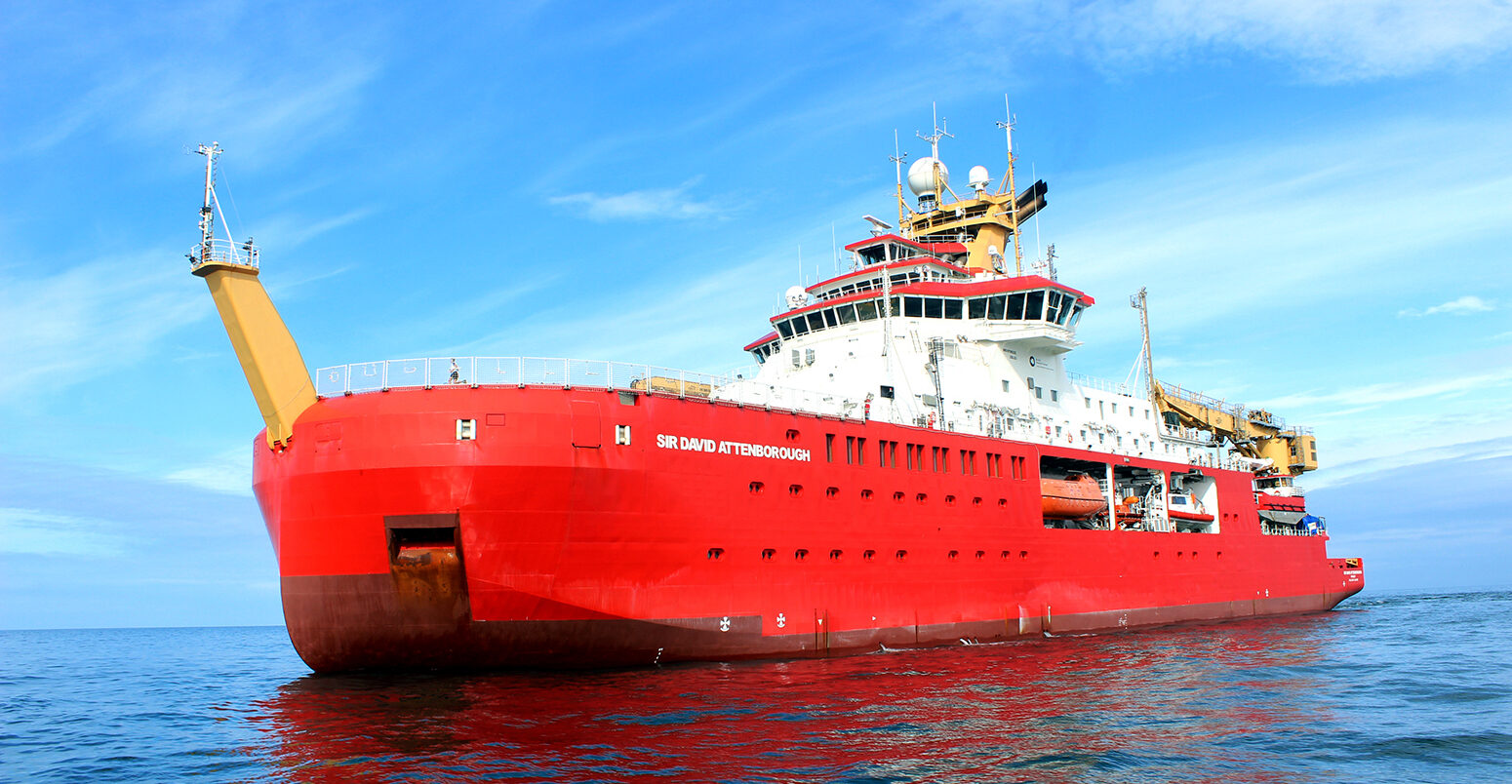
Sir David Attenborough: How polar ship will help scientists study climate change
Daisy Dunne
07.07.23Daisy Dunne
07.07.2023 | 12:12pmLater this year, a state-of-the-art UK polar research ship – equipped with aquariums, a “moon pool” and 14 different laboratories – will sail to Antarctica to study little-known ecosystem processes that are vital to better understanding climate change.
The £200m RRS Sir David Attenborough is a 129m-long science vessel operated by the British Antarctic Survey. It is home to the now-famous “BoatyMcBoatface” submersibles.
Having undergone various tests and trials since 2020, the ship will soon head south to collect data that could help scientists understand how the activity of tiny organisms living in the Southern Ocean can affect the ocean carbon cycle.
The ocean currently absorbs nearly a third of all human-caused CO2 emissions.
As well as carrying scientific equipment worth tens of millions of pounds, the Sir David Attenborough is also designed to provide comfort for scientists working months away from home.
Researchers on board have access to a gym and sauna, a “chocolate bar drawer”, 24-hour ice cream, table football, darts and regular movie nights.
Carbon Brief was invited onboard the ship as it completed operational trials off the coast of Scotland in early July to learn more about its research capabilities and life at sea for scientists and crew.
‘Floating research station’
Many of the scientists and crew working onboard the Sir David Attenborough refer to it as a “floating research station”.
It has 14 different laboratories, including temperature-controlled labs and dedicated experimental aquariums for keeping cold-water organisms and samples, a wet lab for processing mucky sediment cores and a dark room containing a top-class scanning electron microscope.
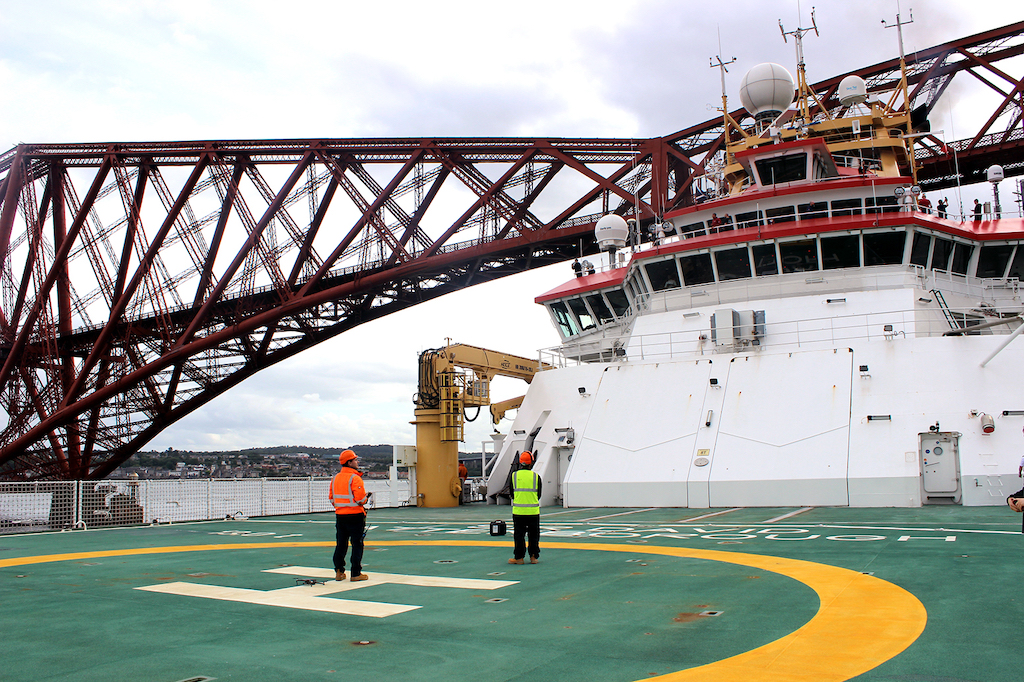
(The previous UK research vessel, the RRS James Clark Ross, had only two separate lab spaces and much less equipment.)
The ship – which will visit Antarctica, the Arctic and Greenland to conduct research in the coming years – also hosts a vast array of both autonomous and remotely operated vehicles (AOVs and ROVs), including the famous BoatyMcBoatface set of instruments. (A campaign to find a name for the Sir David Attenborough ship in 2016 led to more than 100,000 public votes for “BoatyMcBoatface”. Organisers decided to use the name for a set of AOVs instead.)
It is hoped that the array of scientific equipment onboard the Sir David Attenborough will enable scientists to start experimenting with samples collected at the poles straight away, rather than having to wait months until they are back at their usual lab space.
Many of the labs offer advantages to scientists studying different aspects of climate change, lab manager Aisling Smith tells Carbon Brief. This includes the temperature-controlled labs, which can be used to simulate the impacts of temperature rise on tiny polar organisms.
The Sir David Attenborough is the first UK research ship to house a “moon pool” – a 4-by-4-metre hatch in the middle of the vessel which offers direct access to the sea below.

The moon pool allows for scientific instruments, from nets to ROVs, to be deployed directly into the seawater from the safety of the ship. This is particularly useful during periods of rough weather and when the ship is travelling through sea ice, leaving the surface of the water inaccessible.
The ship is not technically an icebreaker, but it can travel through ice up to one-metre-thick at the speed of three knots (5.6km/h), according to the ship’s 34-year-old captain William Whatley. Speaking from the ship’s lounge, he tells reporters:
“If it’s thin enough, the ship will hit the ice and just break it up without hardly noticing anything and just keep moving. If it’s thick enough, you’ll notice the bow ride up and then the weight of the ship over the top of the ice will break it and the ship keeps moving forward.”
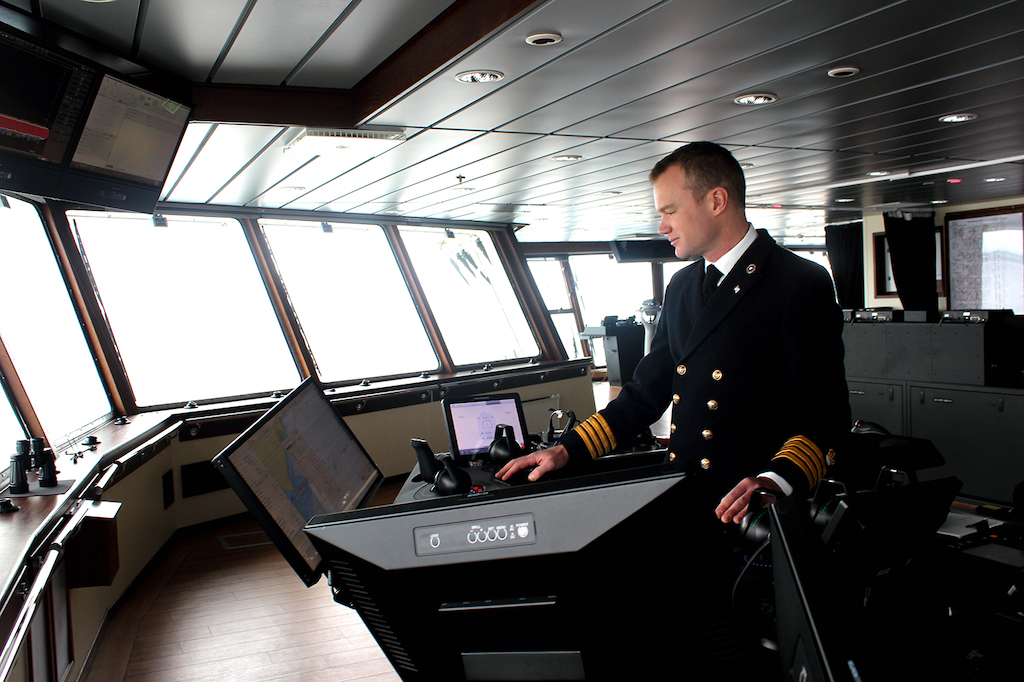
He adds that the biggest threat to the ship while travelling in Antarctica is the possibility of hitting icebergs:
“An iceberg is anything bigger than a large house, a bergy bit is anything from the size of a large house to a mini and then a mini or a bit smaller is called a growler.”
Whatley is responsible for ensuring the safe passage of up to 60 scientists and 30 crew.
The ship’s passengers share bunk beds in spacious two-person ensuite cabins. They are fed three meals a day by the ship’s two chefs – one of whom is a vegetarian that enforces meat-free Mondays – and also enjoy access to a well-stocked bar, chocolate and crisp drawers and 24-hour access to drinks and snacks.

In their downtime, the ship’s scientist and crew can use a gym and sauna, play table football or darts and take part in regular movie nights.
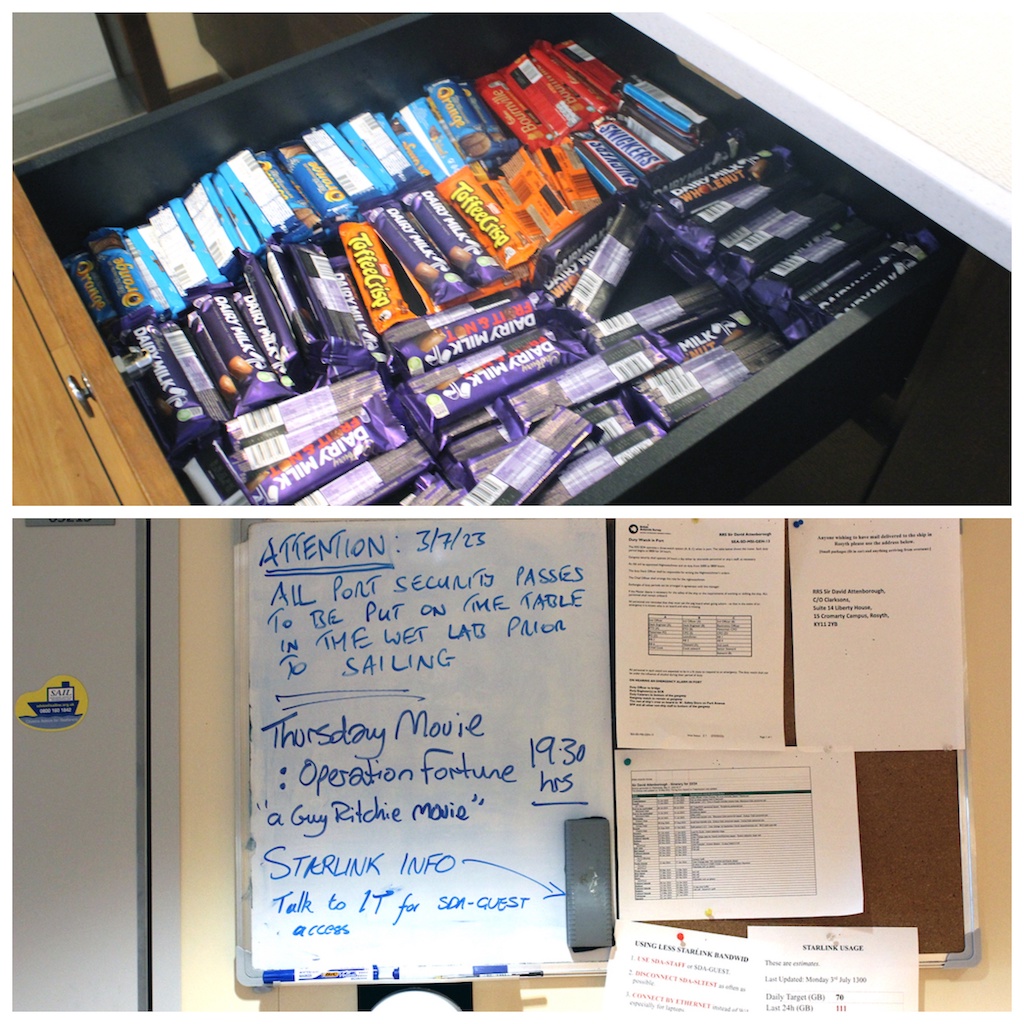
When Carbon Brief was onboard the ship, it was for the first time trialling the use of hydrotreated vegetable oil (HVO) – a fuel that, when sourced sustainably, has lower emissions than conventional diesel fuel.
BAS has a target to reach net-zero emissions by 2040 and some 60% of its carbon footprint is linked to shipping.
It is hoped that using HVO could help to reduce its emissions, according to Nopi Exizidou, net-zero transition lead at BAS.
However, she notes that a number of challenges remain before BAS can use HVO more widely. These include the availability of the fuel at sites close to Antarctica, its cost and ensuring that any feedstock used to generate the fuel – ranging from forestry byproducts and waste animal fats – are sourced sustainably.
Uncovering Antarctica’s carbon stores
One research project set to benefit from the scientific equipment onboard the Sir David Attenborough is BIOPOLE, a £9m five-year programme looking to examine how the activity of tiny organisms that underpin polar ecosystems can affect the balance of carbon and nutrients in the world’s oceans.
Few major research efforts have focused on this area before, despite its relevance to the ocean carbon cycle – a natural system responsible for storing around a third of all human-caused CO2 emissions, according to Dr Nadine Johnston, a marine ecologist working on the project from BAS.
Around November this year, Johnston will work as part of a team travelling to Antarctica to conduct fieldwork for the research project. The fieldwork will be led by Dr Andrew Meijers, an oceanographer at BAS, while BIOPOLE is directed by BAS marine ecologist Prof Geraint Tarling.

Her team will travel to the Weddell Sea in the southwest Atlantic sector of the Southern Ocean. Here, the researchers will deploy a number of instruments below the sea ice to study the behaviour of copepods – the tiny crustaceans responsible for cycling carbon, as well as to trace the movements of key nutrients and measure water column dynamics, such as sea temperature and ocean currents.
It is hoped that this fieldwork will help the research team to determine the role that copepods in polar regions play in the ocean carbon cycle.
Back in 2019, a research paper published in Nature estimated that, globally, copepods are responsible for processing one billion tonnes of carbon per year (more than is sequestered by all of the forests in the US).
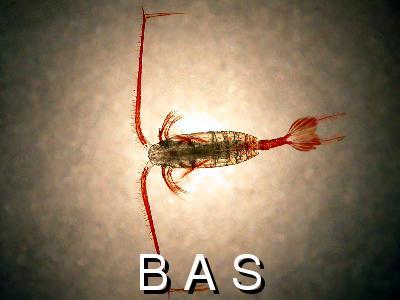
However, this research paper omitted the role of copepods in Antarctica due to a lack of available data, Johnston tells Carbon Brief:
“We think it is a severe underestimate since it does not include the Southern Ocean. BIOPOLE will refine Arctic estimates – and provide the first estimates for the Southern Ocean – and therefore a better global estimate.”
It is also hoped the research conducted by BIOPOLE will, ultimately, help to inform climate models, tools that scientists use to try to understand how climate change might affect Earth in the future.
A recent assessment from the Intergovernmental Panel on Climate Change (IPCC), the world’s leading climate science authority, noted that the Earth system models that researchers currently use to make future climate projections either “omit or incompletely [understand]” the role of “ecological processes”, such as the transport of ocean nutrients or the cycling of carbon by copepods.
As well as helping to make projections about climate change, the research project will also investigate how current climate change is already affecting polar copepods and, therefore, the ocean carbon cycle, Johnston says:
“The poles are experiencing some of the most rapid climate change on the planet. There’s a real clear urgency on understanding the full implications of these changes for the polar regions, but also for the wider Earth system.”
As well as assisting BIOPOLE research, the Sir David Attenborough will also play a role in a range of other climate science projects. This includes a project examining the impact of periods of warmth on the Greenland ice sheet and a project aiming to understand the possible extent of sea level rise from Thwaites, Antarctica’s “doomsday” glacier.
-
Sir David Attenborough: How polar ship will help scientists study climate change




